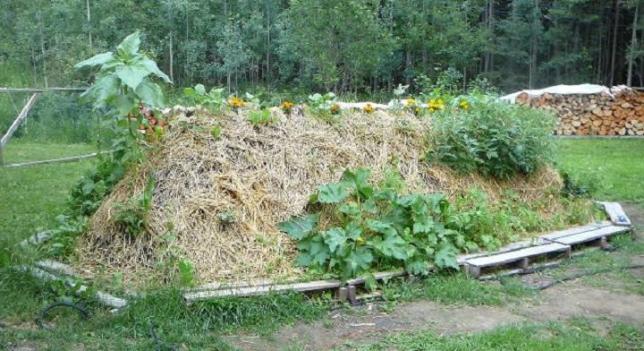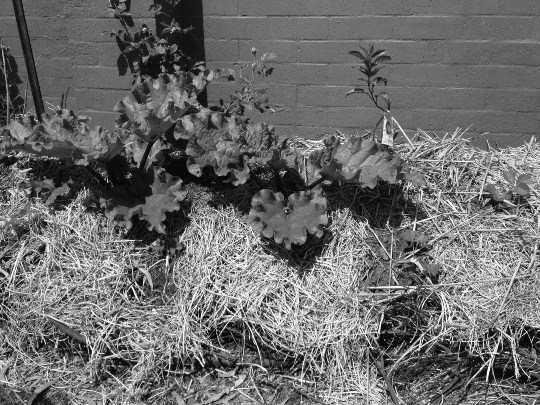Article: Haydn Burgess (Canberra Organic – Summer 2012)

What is hugelkultur?
Hugelkultur (pronounced ‘hoogle culture’) is a gardening technique whereby woody debris is used to build raised garden beds. Hugelkultur is a centuries-old farming practice emanating from Eastern Europe and Germany, and roughly translates in German as ‘mound culture’. It aims to mimic nutrient cycling that oc-curs in woodlands and forests, where woody debris that accumulates on the forest floor becomes sponge-like over time, soaking up rainfall and releasing it into the surrounding soil.
Hugelkultur garden beds employ the same principles: to help retain moisture; to build soil fertility; to im-prove drainage; and to use large woody debris that cannot be easily mulched. Hugelkultur is particularly useful on sites that present challenges such as compacted soil, poor drainage, and limited moisture.
How to build a hugelkultur bed
Gather materials for the bed: Logs, branches, twigs, leaves. Avoid using cedar, walnut or other species deemed allelopathic.
Nitrogen rich material eg manure or kitchen waste. This will help to maintain the carbon to nitrogen ratio while the hugelkultur bed decomposes.
Adequate top soil and compost to cover the bed to a depth of at least 5cm. Mulching material eg lucerne straw.
Lay the logs (the largest of the woody debris) down as the first layer, then a layer of branches, then a layer of sticks and twigs. Hugelkultur beds apparently work best when they are approximately one metre high, although a lot of material is required to reach that height.
Water these layers. Fill in the spaces between the logs, branches and sticks with leaves, manure, compost and kitchen scraps.
Finally, finish ‘making the bed’ with a layer of topsoil and/or compost and mulch.
I’ve tried it and it works (sort of)
I built a hugelkultur bed over 18 months ago in the front courtyard of my townhouse, and am growing the following edibles: pumpkin, rhubarb, raspberry, strawberries, and thyme. Ornamentals growing in the bed include roses, myoporum, lavender, and a mountain pepper bush (Tasmannia lanceolata).

I mainly used Acacia branches for the larger woody debris. I initially collected some branches of river she-oak (Casuarina cunninghamiana) but then did some research and discovered that Casuarinas are suspected of having allelopathic properties. Apart from allelopathy, other potential issues with using woody debris include termites and nitrogen drawdown.
My bed is only about 50cm high. I have had to add further compost/soil a few times as the original material has settled. Next time I build a hugelkultur bed, I will add soil earlier in the process, as the roses in particu-lar are sitting rather loosely in the bed. Overall I am definitely a hugelkulturist, as it is a relatively inexpen-sive way of building a raised bed using green waste. And we all have plenty of that in our gardens.
Sources
This article was adapted from Miles, M (2010) ‘The Art and Science of Making a Hugelkultur Bed – Trans-forming Woody Debris into a Garden Resource’,
Wheaton P (2012) ‘raised garden beds: hugelkultur instead of irrigation’, (lots of photos on this website)
